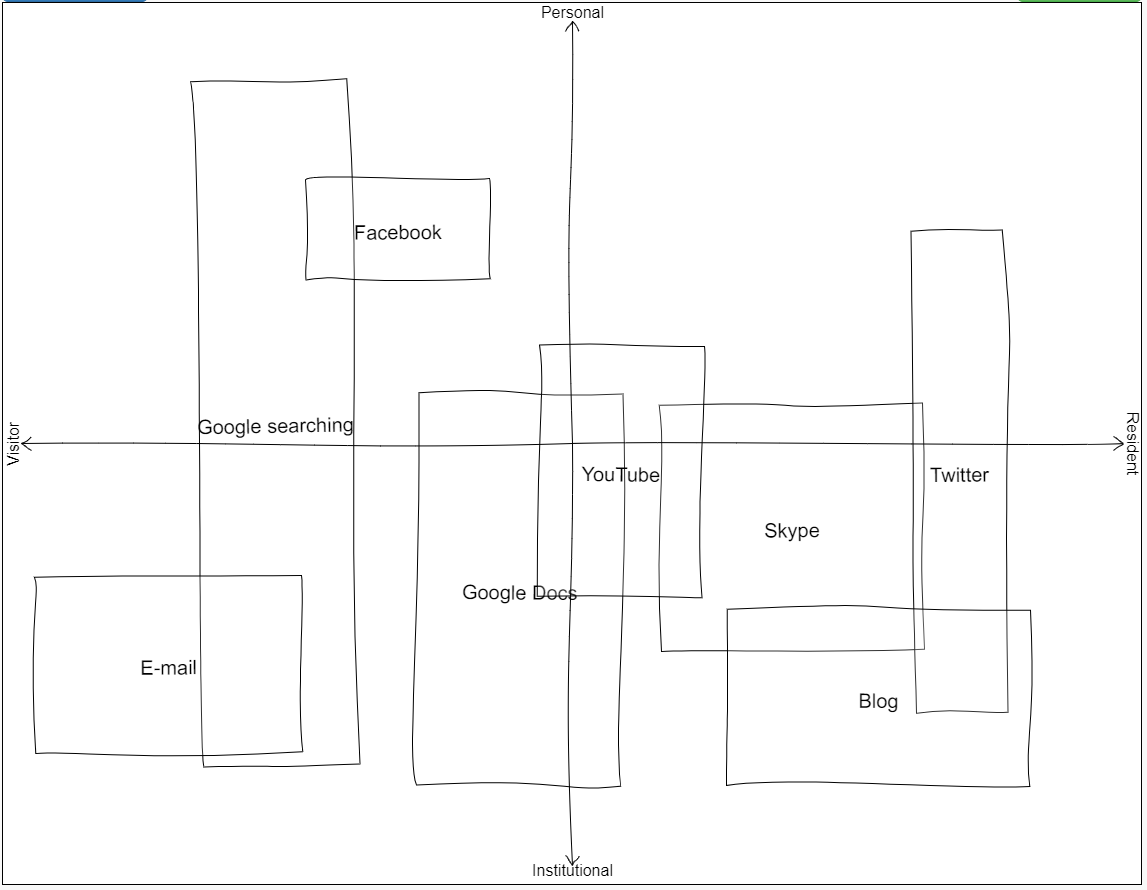Reflect on your experience in the course, your development of PLN, your use of social media platforms and networked publics, share any changes in your perspective of social media in professional settings, and personal use.
Do you continue with your created content and your network, how do you use your skills in professional practice?
The EDCI 338 course gave me a new understanding of various social media platforms. I originally thought that the biggest role of social media platforms is to socialize. It was not until I got on EDCI 338 that I realized that building PLN through these social media platforms is the most meaningful way. I not only learned how to create my own PLN, but I also learned how to develop my PLN to attract more audiences, how to create, manage, and develop my digital identity. Most importantly, I know what kind of PLN is a successful PLN. PLN should be full of inclusiveness, diversity, fairness, and discussion. I learned how to better protect my privacy and the security of media platforms in the online world. I admit that at first I knew almost nothing about PLN. But the weekly courses, articles, and video conversations with guests made me very interested in PLN. They helped me solve a lot of problems and gave me a lot of new insights. I understand how to speak better in an online world full of different skin colors, backgrounds, cultures, and education. We can learn together, discuss together, and make progress together. After the course is over, I will continue to develop my PLN. These are valuable experiences for me. I will definitely use them in my future work. I believe they can provide great help for my future development. Thanks to the course of EDCI 338, my two team members, and Jessie, they have given me a lot of help and knowledge. Thank you everyone, cheers! 🍺🍺🍺

